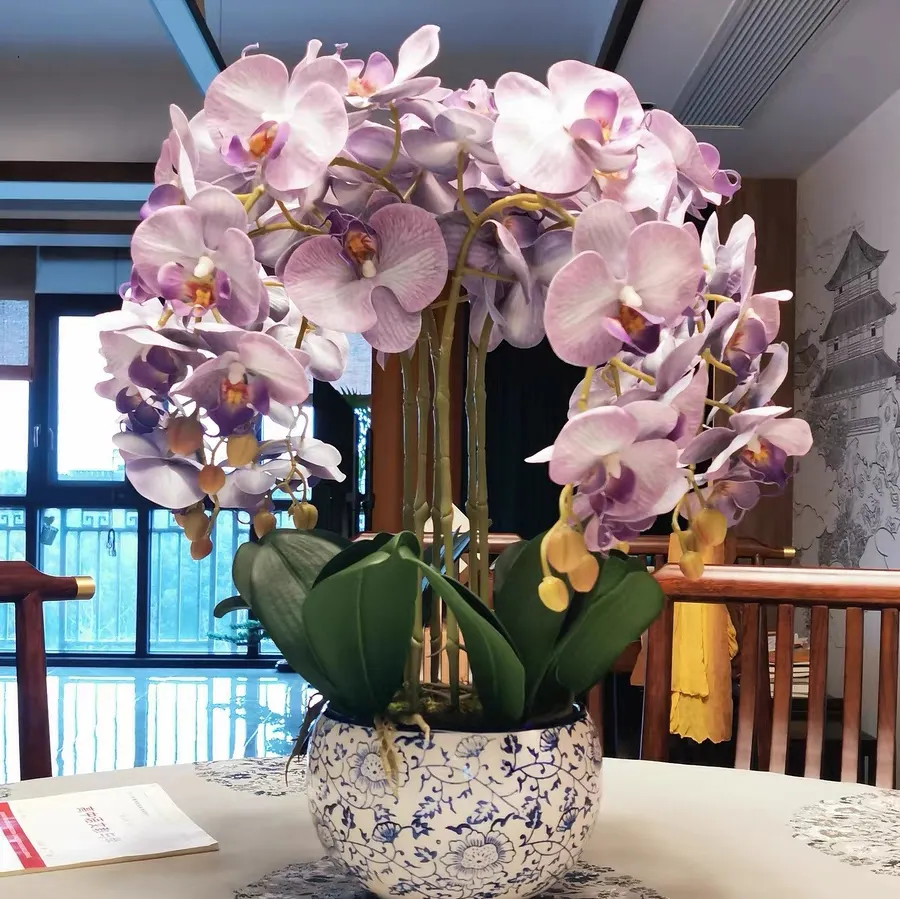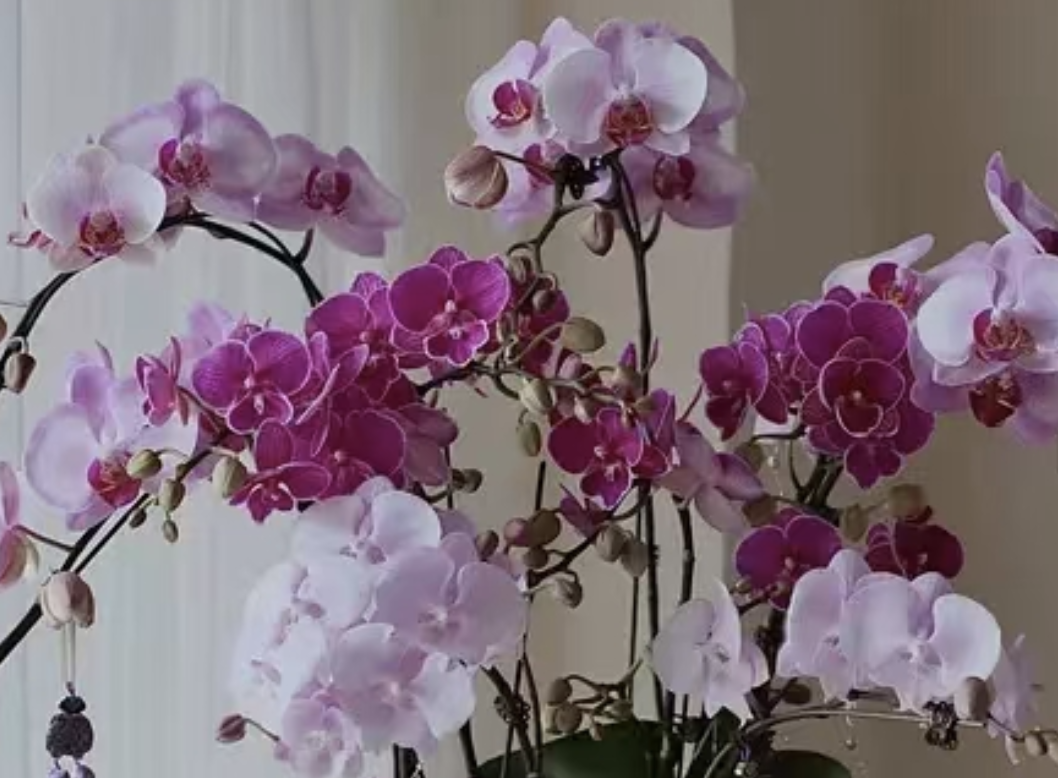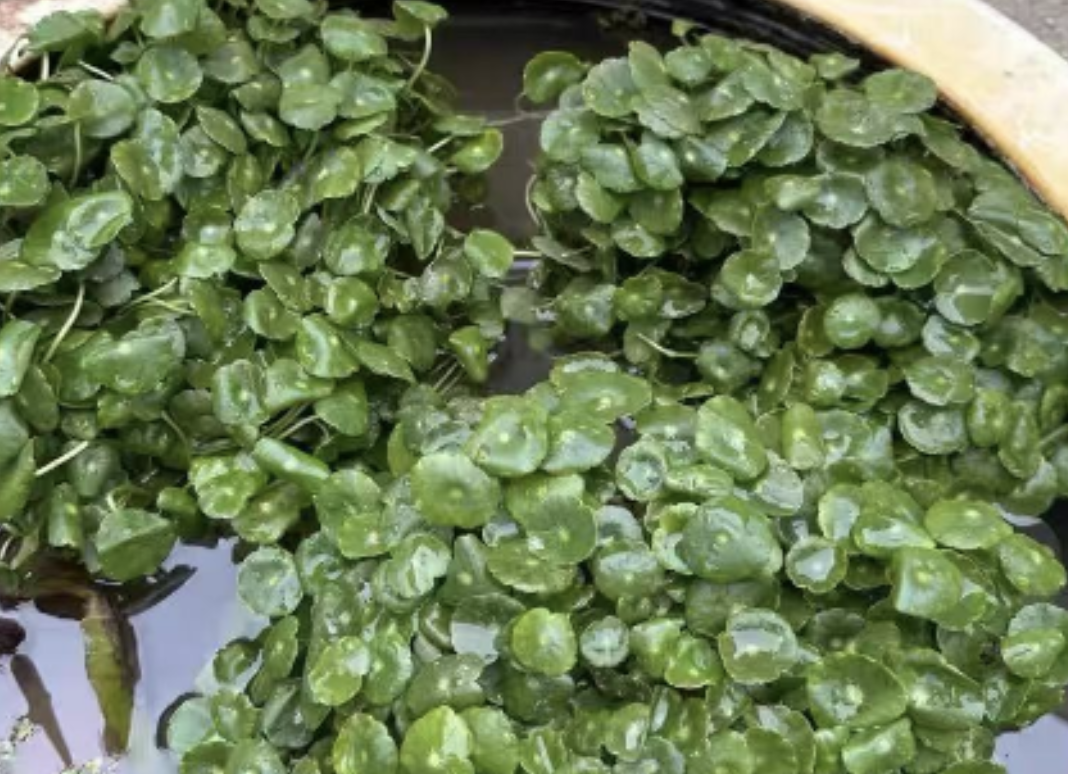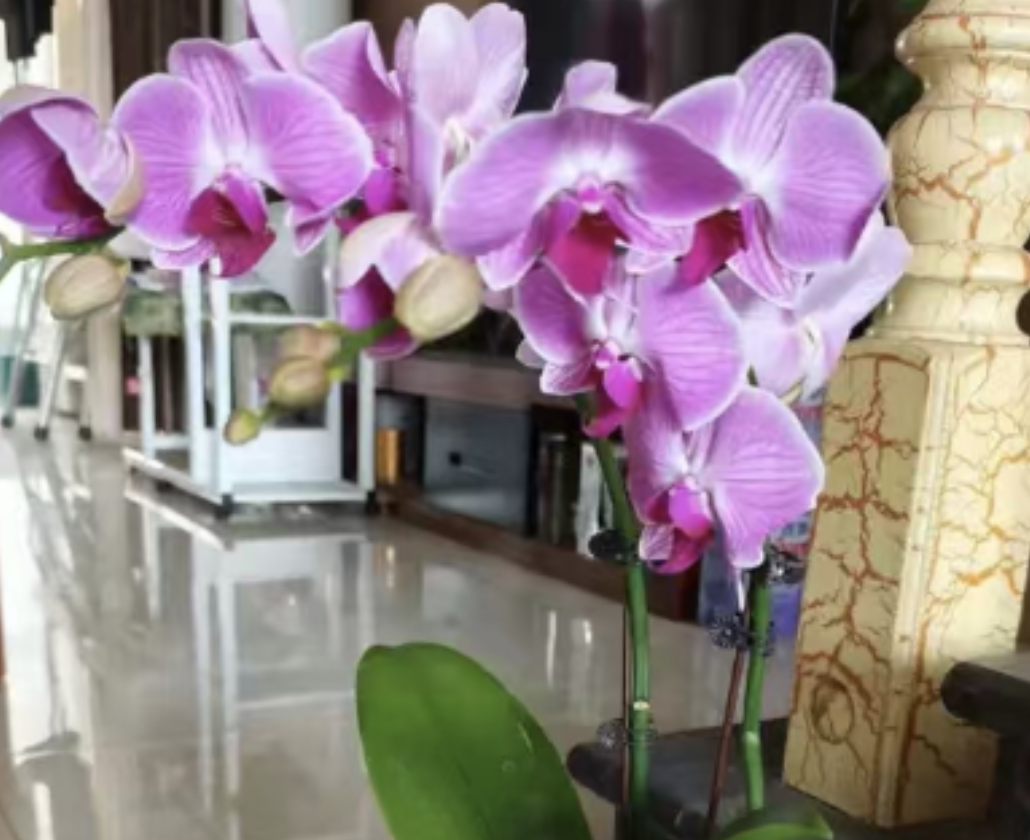Orchid growers, listen up! Have you noticed tiny bugs hiding in your Phalaenopsis sphagnum moss lately? Don’t panic—they’re most likely springtails making a home there. Today, I’ll share easy solutions and prevention tips, so even beginners can handle this effortlessly!
### Why They Appear
Springtails are super "picky about their environment." They’re so small you might miss them if you don’t look closely, but they *love* damp spots. If your orchid’s sphagnum moss stays constantly wet, it’s basically a custom-built "breeding ground" for them!
Don’t worry—springtails don’t directly eat the orchid’s roots or leaves. The real problem is the "constant dampness" itself! Wet sphagnum can suffocate the orchid’s roots, reducing airflow. Over time, this leads to root rot and yellow leaves, which *is* a big issue. So seeing springtails is actually a warning: it’s time to adjust your care routine!
### How to Get Rid of Them
1. **Adjust watering habits!**
Wait until the top 2cm of sphagnum feels dry before watering. After each watering, empty the saucer immediately—don’t let standing water sit in the pot.
2. **Boost ventilation!**
Move the orchid to a well-ventilated spot (like near a window or fan) to speed up moisture evaporation from the sphagnum. A dry environment will make springtails disappear naturally.
### Chemical Treatments
1. **Propaphos solution:**
Dilute it at a 1:1000 ratio, then either soak the entire pot for about 10 minutes or drench the sphagnum with a spray bottle. This kills eggs hidden in the moss.
2. **"Little White Pills" (containing fipronil):**
Sprinkle them directly on the sphagnum surface—avoid getting them on leaves. They release their effect slowly, work well against springtails, and last a long time.
3. **For severe infestations:**
Try lambda-cyhalothrin. Dilute it, then spray directly on the sphagnum (*never* on leaves or flowers!). After spraying, let it air out in a ventilated area for half a day—you’ll see results quickly.
*Tips:* Wear gloves when using chemicals, and wash your hands afterward. If you have pets, keep the orchid out of their reach temporarily.
### Replace the Sphagnum
1. Gently remove the orchid from its pot, carefully peel off the old sphagnum, and check the roots (trim rotten roots; rinse healthy ones clean).
2. When choosing new sphagnum, prioritize imported, sterilized varieties (it usually says so on the packaging)—they have fewer eggs and are less likely to attract bugs.
3. Before using new sphagnum, scald it with boiling water, then let it dry completely. This further reduces leftover eggs.
### Prevention Tips
1. Bury a few cigarette butts (remove the tobacco, just use the paper) shallowly in the sphagnum, or place dried orange peels on top. Their scents repel bugs naturally and safely.
2. Open windows often, especially after watering, to keep air circulating. This prevents a "hot, humid microclimate" around the pot—springtails love laying eggs there, but good airflow keeps them away.
In short, don’t panic if you find tiny bugs in your orchid’s sphagnum. First, confirm they’re springtails, then fix the issue. The key is keeping the sphagnum "balanced—neither too wet nor too dry" plus good ventilation. This not only stops springtails but also keeps your Phalaenopsis thriving!
What should I do if there are small flying insects in the sphagnum moss of Phalaenopsis?

Share with
Tagged in :




Leave a Reply